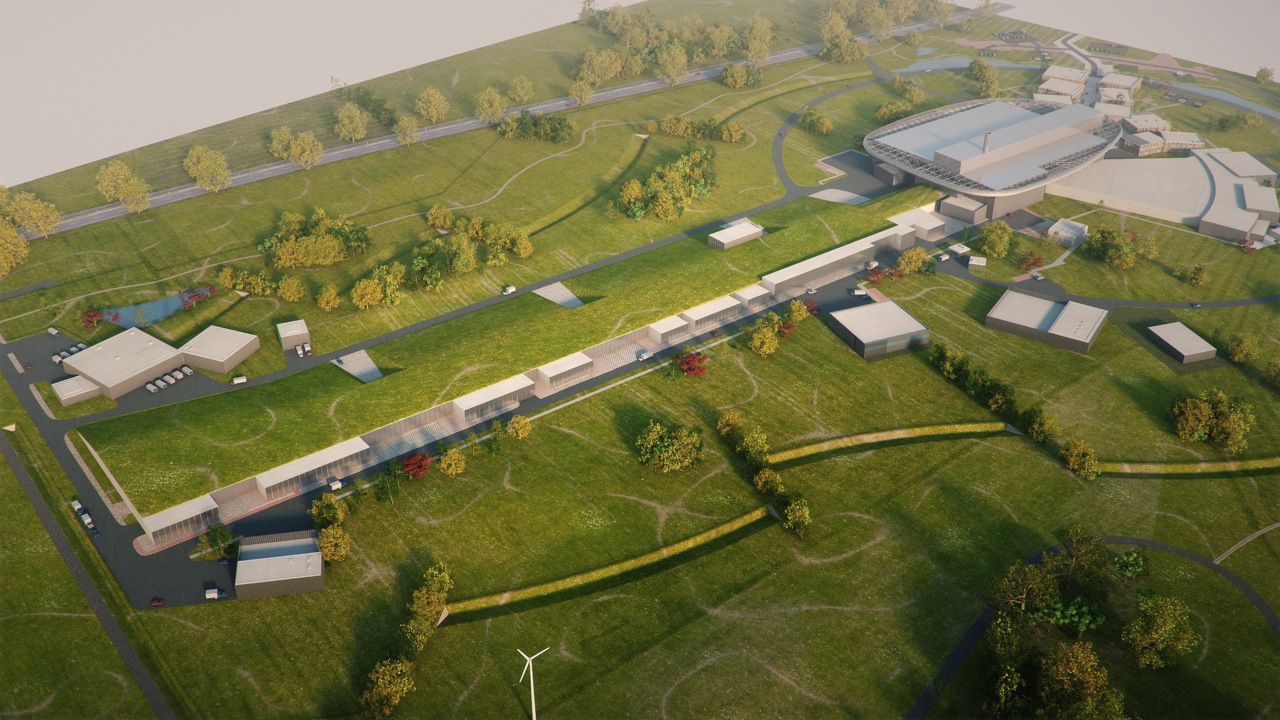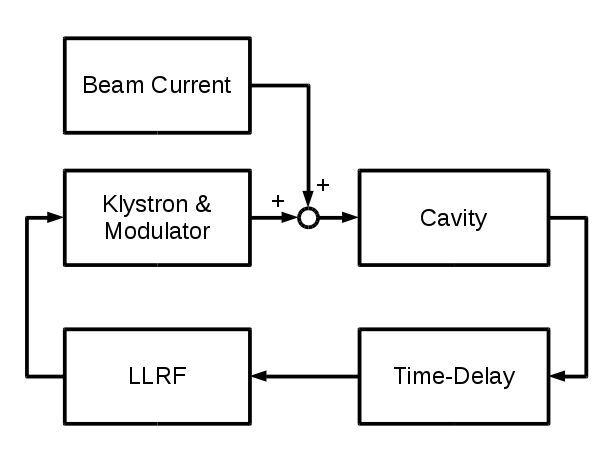
Collaboration with the European Spallation Source
Researchers: Bo Bernhardsson, Anders J Johansson (Dept. of Electrical and Information Technology), Rolf Johansson, Olof Troeng, Björn Olofsson
Funding: European Spallation Source
 The European Spallation Source will be a major user facility at which researchers from academia and industry will investigate scientific questions using neutron beams.
The European Spallation Source will be a major user facility at which researchers from academia and industry will investigate scientific questions using neutron beams.
Neutron methods provide insights about the molecular building blocks of matter not available by other means. Applications include research in life science, soft condensed matter physics, chemistry of materials, fundamental particle physics and engineering materials. More info here.
Control for the Radio-Frequency System
The neutrons are produced by colliding high-speed protons with a rotating tungsten target. The protons are accelerated by oscillating electro-magnetic fields in 155 radio-frequency cavities along the 482 meter long linear accelerator. In order to avoid defocusing of the beam (which leads to activation of the accelerator structure), it is crucial that the amplitudes and phases of the cavities are kept close to their nominal values. This requires both high-performance feedback loops and a very stable phase reference.

Layout of the ESS linear accelerator
Cavity Field Control
In order to achieve regulation of the cavity fields sufficiently close to the reference values, feedback loops with sampling frequencies of 10 MHz will be used. The Department of Automatic Control is involved in system modeling and controller design for the these loops as well as supporting the development of requirements on RF system components. The work is coordinated by this group at the Department of Electrical and Information Technology.

Schematic description of the control problem for a single cavity
Temperature Control of Phase-Reference Line
In order to distribute the reference phase from the master oscillator to the beam position monitors and the 155 cavity field control loops with sufficiently small drift requires that the more than 500 meters long phase distribution line is temperature stabilized to less than a tenth of a degree.
The Dept. of Automatic Control at Lund University is involved in the design and development of the temperature control system for the phase distribution line. The research performed includes modeling and simulation of the control system as well as experimental evaluations on a prototype of the phase-reference distribution system.
Compensation of Lorenz-Force Detuning
The high strengths of the electro-magnetic fields in the super conducting cavities leads to mechanical deformation cavity wall, which changes their fundamental resonance frequency. This leads to reduced efficiency and makes the RF field control problem harder. The Department of Automatic Control will together with collaborating European universities design the control algorithm for the piezo-electric compensation system that will be used to counter-act the Lorenz force detuning. The work is coordinated by this group at the Department of Electrical and Information Technology.
Other Investigations
Simulations of Cryogenic Distribution Line at ESS
The cryogenic system at ESS has been modeled in Dymola. Simulations have been made of the cool-down and warm-up of the superconducting section of the linear accelerator. Also the required capacity of the helium safety discharge system has been investigated.
Publications
Zahra Shahriari, Bo Bernhardsson, Olof Troeng: "Convergence analysis of iterative learning control using pseudospectra". International Journal of Control, 95:1, pp. 269–281, 2022.
Bjorn Olofsson, Bo Bernhardsson, Rihua Zeng, Pontus Andersson, Rolf Johansson: "Temperature Stabilization of the Phase-Reference Line at the European Spallation Source". In 2nd IEEE Conference on Control Technology and Applications, CCTA 2018, Copenhagen, Denmark, August 2018.
Olof Troeng, Bo Bernhardsson: "An Intuitive Design Method for Disturbance-Rejecting Peak Filters". In The 14th IEEE International Conference on Control and Automation 2018, Anchorage, Alaska, United States, June 2018.
Olof Troeng: "Cavity Field Control for High-Intensity Linear Proton Accelerators". Licentiate Thesis Department of Automatic Control, Lund University, Sweden, November 2017.
Olof Troeng, Bo Bernhardsson: "Energy Optimal Excitation of Radio-Frequency Cavity". IFAC-PapersOnLine, 50:1, pp. 10644–10648, 2017.
Olof Troeng, Bo Bernhardsson, Claudio Rivetta: "Complex-coefficient systems in control". In American Control Conference 2017, Seattle, United States, May 2017.
Björn Olofsson, Bo Bernhardsson, Rihua Zeng, Pontus Andersson: "Temperature Control of the ESS Phase Reference Line". Conference Poster. In 8th International Particle Accelerator Conference, IPAC 2017, Bella Conference Center, Denmark, May 2017.
Olof Troeng, Björn Olofsson, Bo Bernhardsson, Anders J Johansson, Rolf Johansson: "Control Problems at the European Spallation Source". In Reglermöte 2016, Göteborg, Sweden, June 2016.
Riccard Andersson: "Cool-down and Warm-up of the Cryogenic Distribution Line at ESS". Master's Thesis ISRN LUTFD2/TFRT--5939--SE, Department of Automatic Control, Lund University, Sweden, 2014.
Josefin Berner, Aminda Ingulfson: "Optimal Control Algorithms for Klystron Efficiency in ESS". Master's Thesis ISRN LUTFD2/TFRT--5902--SE, Department of Automatic Control, Lund University, Sweden, June 2012.
Arnbjörn Einarsson, Babak Rajabian: "Optimal Control Algorithms of Pulsed Accelerating Fields in Superconducting Spoke Cavities in ESS". Master's Thesis ISRN LUTFD2/TFRT--5905--SE, Department of Automatic Control, Lund University, Sweden, June 2012.
2019-01-21
